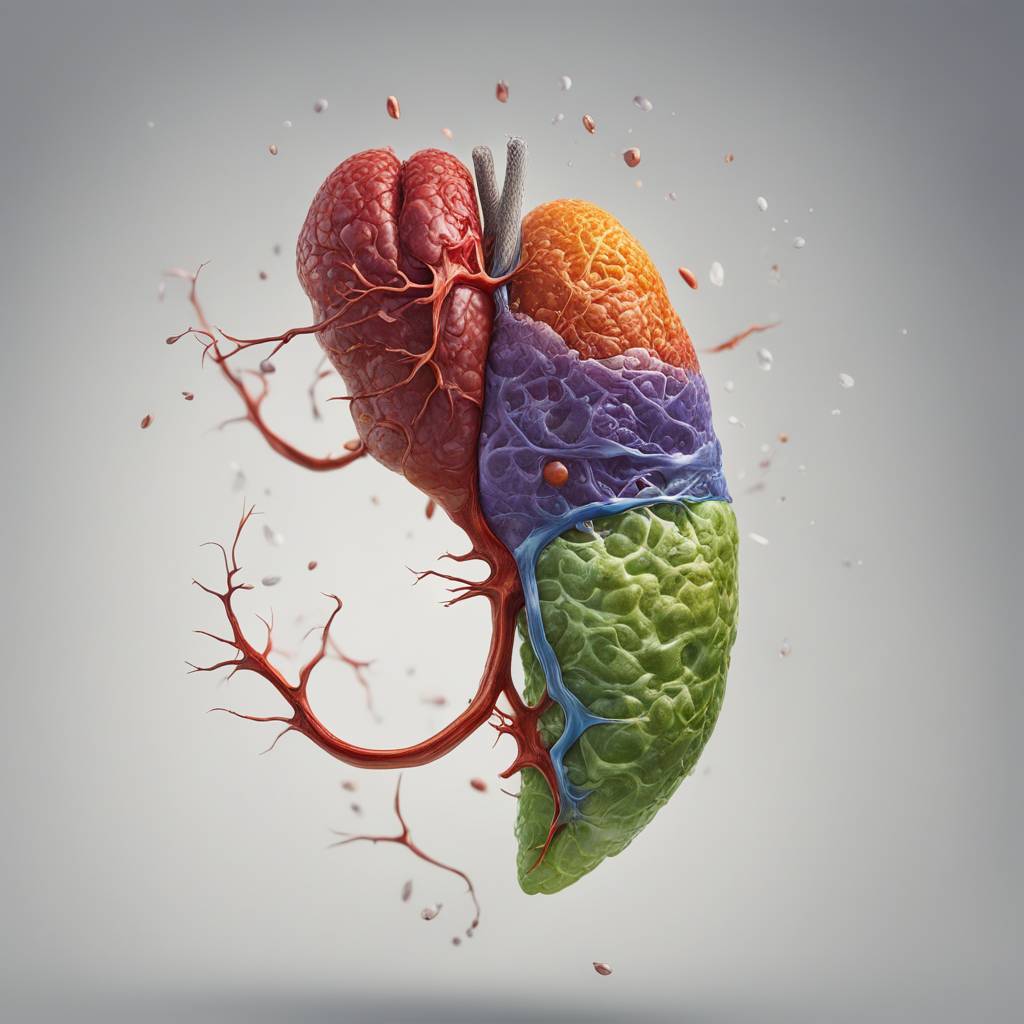Researchers at the University of Helsinki and HUS Helsinki University Hospital have successfully corrected a gene defect that causes argininosuccinate lyase deficiency (ASLD), a hereditary liver disease. ASLD results in a dangerous accumulation of argininosuccinic acid and ammonia in the body, leading to severe symptoms such as disturbances of consciousness, coma, and even death. In Finland, infants are screened for ASLD to determine their risk of developing the disease, and treatment typically involves a strict lifelong diet and, in severe cases, a liver transplant. However, the recent study showed that the gene defect associated with ASLD can be corrected using the CRISPR-Cas9 technique, resulting in the improvement of harmful metabolism and the production of harmful argininosuccinic acid being stopped.
The researchers initially modified skin cells from patients with ASLD into stem cells, then used gene scissors to correct the disease-causing gene defects in these stem cells. The corrected stem cells were then guided to differentiate into liver cells to demonstrate that the disease was effectively cured. The study, published in the American Journal of Human Genetics, is a promising step towards potentially curing ASLD. Additionally, the researchers utilized mRNA encapsulated inside lipid nanoparticles to deliver the gene scissors inside the cultured cells, creating a “gene mixture” based on the formula of a pharmaceutical product already in use. This approach may facilitate future clinical use of the gene editing technique for ASLD and other hereditary diseases.
The researchers are now focused on testing the gene editing technique on living animals, with the ultimate goal of curing ASLD in mice. While the same gene editing technique can be applied to humans, further research is needed to establish its safety. There are over 7,000 hereditary diseases worldwide, with certain populations, including Finns, having a higher prevalence of genetic disease variants due to their ancestral heritage. Treatments are currently available for only a few hereditary diseases, and curative therapies are even rarer. However, advancements in gene editing technologies, such as CRISPR-Cas9, offer the potential for permanent fixes by eliminating the gene defect causing the disease. As a result, researchers are working towards developing curative therapies for a range of hereditary diseases.
The study forms part of the doctoral theses of Sami Jalil and Timo Keskinen under the supervision of Docent Kirmo Wartiovaara and Mervi Hyvönen at the Biomedicum Stem Cell Center of the Biomedicum Helsinki research institute. The success in correcting a gene defect associated with ASLD represents a significant milestone in the field of genetic medicine and offers hope for the development of curative therapies for other hereditary diseases. By utilizing gene editing techniques and innovative delivery methods, researchers are on the path towards potentially curing genetic disorders that were previously untreatable. The therapeutic potential of gene editing technologies, such as CRISPR-Cas9, is increasingly being recognized as a promising approach to address the underlying causes of hereditary diseases and pave the way towards more effective treatments.













